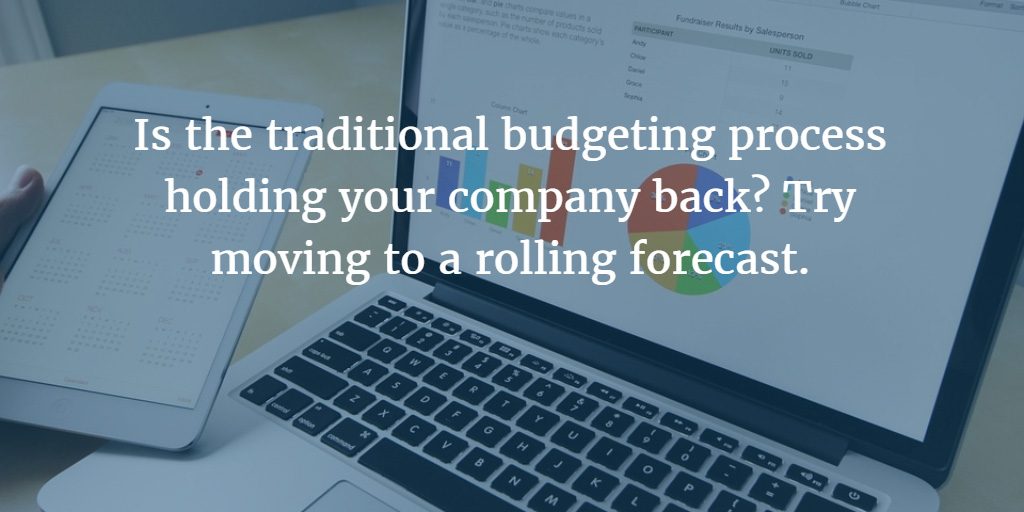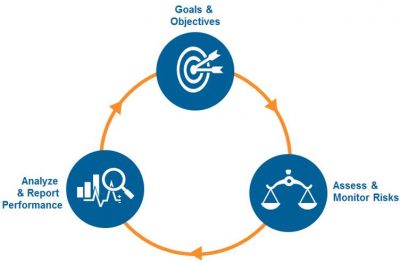The following article appears in the Spring 2018 Issue of the magazine for the ICAEW Chartered Accountants, Thames Valley. (Download a pdf of this article, here)
If you search the World Wide Web for forecasting software you get over 16 million hits.
A brief review of the first few Google pages suggests what a huge field this is; high on the list is sales and inventory forecasting software, and a good smattering of these companies appear in the paid ads that Google pushes to the top of the search results. These programmes offer demand control processes to improve customer satisfaction, which sounds like predictive software perhaps based on heuristic algorithms.
Many of the forecasting programmes are based on Excel, the language of business, which is fine, but…….
Good forecasting software steers clear of the dangers recently reported by the Daily Telegraph: Almost one in five large businesses have suffered financial losses as a result of errors in spreadsheets. The article warns of looming financial disasters as, it claims, 71 per cent of large British businesses always use spreadsheets for key financial decisions.
And ZDNet, the business technology news website published by CBS Interactive, went further, claiming that research has found that up to 90 percent of all spreadsheets have errors that affect their results.
Consultant Eddie Lun Carlton, perhaps tongue in cheek, mused why accountants can’t build forecasting models, for, in his opinion;
“Firstly, many accountants can only think or visualise the double entries in T form. This would be challenging for them as Excel does not come with debit and credit sides on the same pane, and you have to move around the multiple worksheets up and down or back and forth.
Secondly, a lot of accountants are not good at spreadsheet planning, manipulation and presentation skills. They tend to struggle if there are too many variables and assumptions in the forecast, and spend too much time in dealing with any changes in the forecast. Therefore, many accountants resort to using the ready made forecasting softwares off the shelves.
Ideally, accountants produce annual forecast with monthly breaks, thereafter inputting their entity’s actual results to produce variance analyses – comparing actual outcomes for the period with budget figures, on a monthly or quarterly basis as well as for the year to date.
 Period by period, this creates a “rolling forecast”, an ongoing cycle of planning, conducting, evaluating and updating organization-wide operations; it’s a very powerful tool in the financial director’s armoury!
Period by period, this creates a “rolling forecast”, an ongoing cycle of planning, conducting, evaluating and updating organization-wide operations; it’s a very powerful tool in the financial director’s armoury!
In fact, the Institute of Chartered Accountants in England and Wales (ICAEW) said: “There seems to be little doubt that the concept of rolling forecasts has captured management attention. In one survey of budgeting practice in UK corporations, 40% of the finance managers who responded had already implemented a rolling forecast or were giving it some careful thought.
David Parmenter, author, lecturer and expert in the development of winning KPIs, says “Quarterly rolling planning is the most important management tool of this decade and is a process that will revolutionise any public or private sector organisation!”
Parmenter highlights problems frequently found in the normal budget cycle:
“Although many organisations are using forecasts to monitor performance these are, in many cases, flawed from the start as they often feature some or all of the following:
- due to poor tools and expediency, the forecaster uses the budgets of the remaining months as a guide to future expenditure;
- the forecasts do not involve the budget holders as it would be a nightmare to use the budget Excel models so they are prepared centrally by the finance team with little or no consultation with the work face, I call these top-top forecasts;
- the forecasts are updated monthly, an unnecessary time frame creating much number noise; and
- forecasts only go up to year end even though the new business year may be starting in the near future e.g. perhaps four weeks away and management is still only focused on year end.”
Jeremy Hope and Steve Player in their book “Beyond Performance Management – the Why, When and How to use the 40 Tools and Best Practices for Superior Business Performance”[6] have these perceptive words about rolling forecasts:
“Forecasts are a quantum leap from annual budgets that act as a barrier to fast response.
On the one hand, budgets and their periodic revisions focus on the forthcoming year-end; managers use them to take whatever action is required to achieve agreed-on targets.
On the other hand, rolling forecasts provide managers with a moving window of the future that will help them take strategic decisions, manage cashflows and set shareholder expectations.”
With its rolling forecasts, Forecast 5 provides accountants with just this strategic “moving window of the future”.
Producing an integrated suite of Profit and Loss, Balance Sheet, Cashflow and FundsFlow reports at a touch of a button, Forecast 5 integrates directly with Sage50 and Xero, with further ERP integrations such Sage200 under development.
Consolidations, multi-currency, departments, wages modelling with NI and PAYE, manufacturing and stockmade, KPIs, hotlinks, auto-calculated fixed assets, depreciation, and auto-calculated loans, VAT per record, stock and / or trade debtor factoring and many other features are part of the delivery. Working across networks, Forecast 5 can be extended for up to fifteen years.
Developed by New Zealand Chartered Accountant Geof Nightingale, previously his country’s Winforecast national distributor, Forecast 5 was specifically produced to replace Winforecast when it was discontinued by Sage.
For a demonstration of Forecast 5 please contact Johnny Kipps at Forecast 5’s UK Distributor on 07770 608 900, or at Johnny@Forecast5.co.uk, or for a free, 21-day free trial, Download Here (Download a pdf of this article, here)
Image Credits:
Revelwood Knowledge Centre
Carlson Management Consultancy
